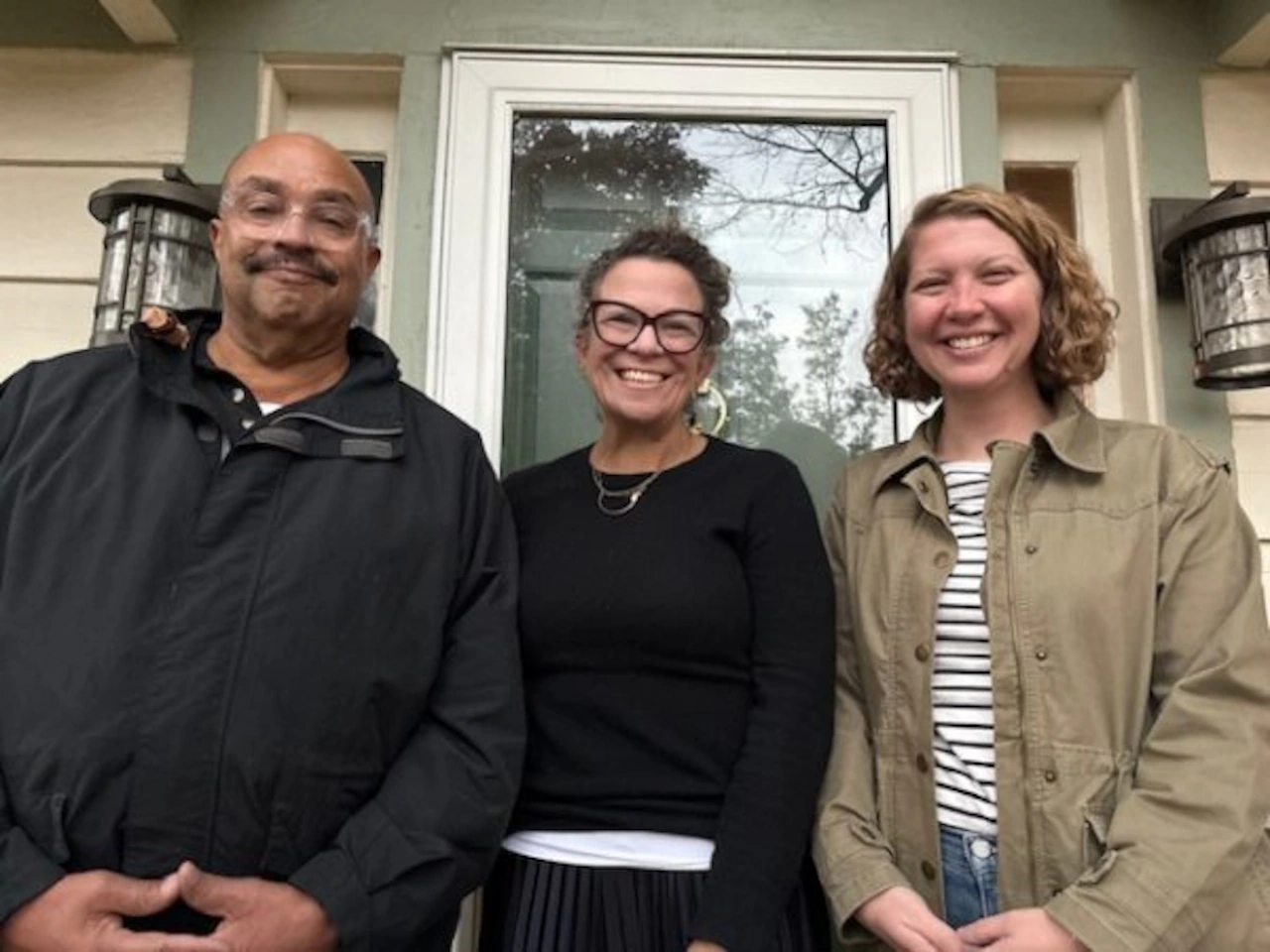Copyright cleveland.com

SHAKER HEIGHTS, Ohio -- In its continuing mission to deliver a world-class education, the Shaker school district went local last week. That effort proved successful by a 2-to-1 margin as voters passed the first full operating levy in more than a decade. Approval of Issue 51, a 9.9-mill measure that will raise about $12.5 million annually for the district, came amid funding cuts, threats and other distractions at the state and federal levels. “Like public school districts across Ohio, we have been navigating rising costs, flat local revenues, as well as state and federal cuts," Shaker school officials noted in a “Finance Friday!” newsletter after the Nov. 4 election. In thanking the more than 5,900 voters in Shaker and parts of Cleveland who approved the operating levy, school officials said the additional funds will help maintain: Staff salaries and benefits Transportation Utilities Building maintenance Classroom supplies Extracurricular activities “Your continued support of the district gives us the ability to provide a world-class education to our community’s most cherished asset: our children," officials added. Beginning in January, the district will collect another $347 per year for each $100,000 of a home’s appraised value. Voters also approved a 9.95-mill tax increase in 2023, with roughly two-thirds of that going toward a bond issue to modernize and reconfigure most of the schools in the district But this is the first full operating levy passed since 2014, with the district having avoided going on the ballot through sound fiscal management as well as federal COVID relief funds. Before that, Shaker Heights voters passed 15 operating levies over 38 years in what amounted to a 2.5-year election cycle since 1976, when the state legislature voted to keep property tax revenue constant. As for the Nov. 4 outcome, “this means that Shaker Heights will continue to be known as a community that takes pride in our excellent schools,” district officials added. “And we will continue to attract and retain families and students from all across the region.” School board In addition to current Shaker school board president Lora Cover winning re-election, the district will also be welcoming two new members to the board of education. Cover, along with public policy attorney Kate Nielson and retired educator and Shaker grad James Reed, all won four-year seats out of a field of six candidates. “We have to keep doing the hard work of closing the educational achievement gap, raising expectations, and making sure every student receives an equitable, rigorous education,” Cover said after the election. A talent recruiter with more than 25 years experience in education, including the Cleveland Metropolitan School District and Teach for America, Cover acknowledges the challenges ahead. “We also can’t ignore what’s happening outside of our community, with state and federal attacks on public education now the norm,” Cover added. “In Shaker, we’ll keep standing up for our kids, our families, and our public schools.” Nielson, also a Shaker grad, noted that the district has made a significant investment in the Ludlow Pre-K program, with one of her two children in the inaugural class. “Now we must ensure it is successful and accessible to all families, leading to prepared learners, a shrinking achievement gap, and eventual cost savings through reductions in the need for remedial instruction,” Nielson said. From there, “teachers must feel supported and have the resources to successfully teach students in a detracked environment,” she added. In order to meet their full potential, all students must feel a sense of safety and belonging, Nielson said. The district also needs to employ new ways to successfully communicate with multiple stakeholders -- “including shortcomings and areas for improvement,” Nielson continued. She also pointed to state and federal political environments affecting public school policy and funding in the coming years. “As a district, it will be important to navigate those constraints and challenges while upholding Shaker values,” Nielson said. Reed was unavailable for comment after the election, where he narrowly came in third with 3,855 votes (18.4 percent) over local architect Kevin Dreyfuss-Wells, who had 3,646 (17.4 percent -- all unofficial) votes. With four kids also graduating from Shaker, Reed served as a middle school teacher and then high school principal in the Cleveland Heights-University Heights schools for over 25 years. Reed has since been busy in his retirement with numerous interim administrative assignments, starting with Shaker Heights High in 2015-16 and later at CMSD’s International Baccalaureate (IB) campus, a program which he saw as “equity for everyone.” Historical Museum On a smaller scale, the Shaker Historical Museum’s 0.3-mill levy was passed unofficially by a similar margin with 5,075 votes in favor (63 percent) and 2,953 against (37 percent). “Issue 31” will cost Shaker Heights taxpayers $11 per year on each $100,000 of property value. It is not permanent, giving voters the chance to renew it every five years. With the levy’s passage, every Shaker Heights resident will become a member of the museum. “This will ensure that everyone in our community has a stake in their local history and the stories we tell,” the Friends of the Shaker Historical Museum said in a post-election statement. While several Ohio museums benefit from county-level public funding, Shaker will join the Massillon Museum as the only two museums or historic sites in the state to receive funding from a municipal property tax levy. “Shaker Heights’ history belongs to all of us, and that’s why we’re thrilled to embrace this new, publicly-funded model,” the Friends’ statement added.



